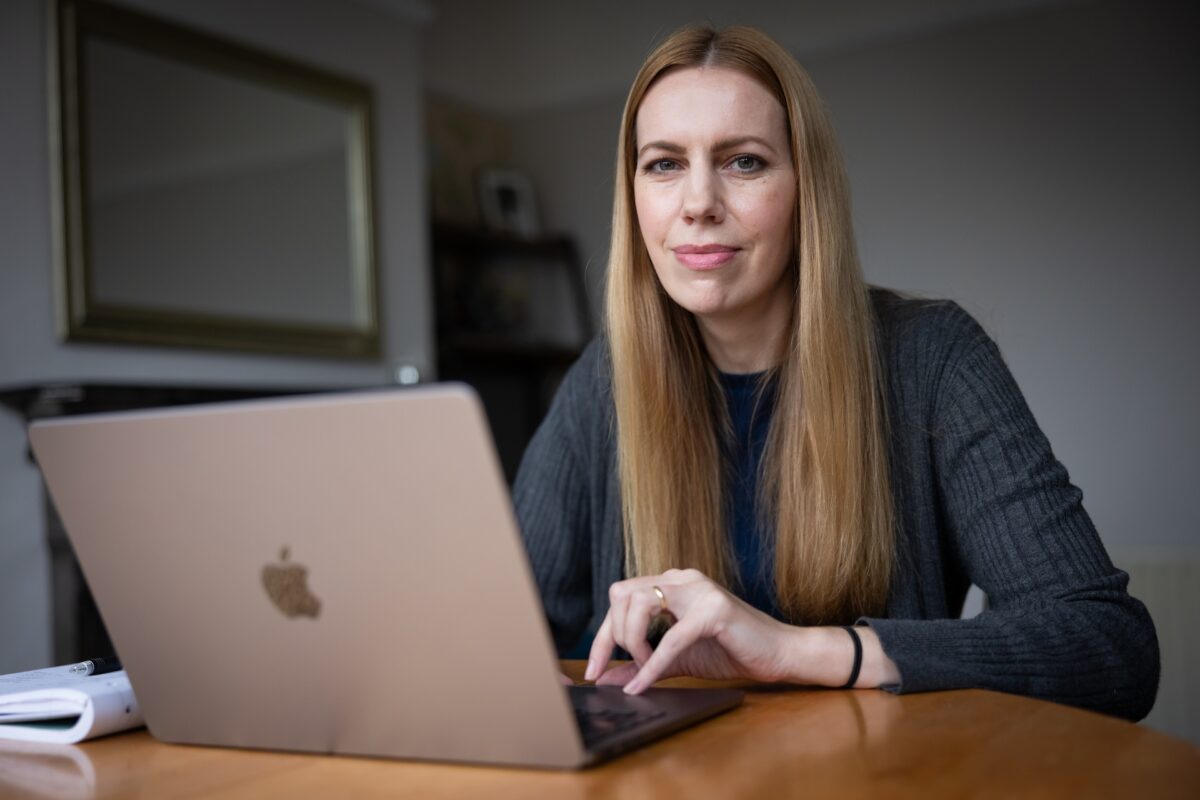Randomised trials could help to return children safely to schools

Schools are closing again in response to surging levels of COVID-19 infection, but staging randomised trials when students eventually return could help to clarify uncertainties around when we should send children back to the classroom, according to a new study.
Experts say that school reopening policies currently lack a rigorous evidence base – leading to wide variation in policies around the world, but staging cluster randomized trials (CRT) would create a body of evidence to help policy makers take the right decisions.
The pandemic’s rapid onslaught meant many public health policies had to be put into practice quickly despite uncertainty about the risks from SARS-CoV-2 and the effectiveness of various prevention measures.
An international research team say that when governments renew steps toward re-opening schools, there will be an opportunity to answer questions about the impact of closures on transmission of the virus, as well as when and how these restrictions can be safely lifted.
Led by scientists at the University of Birmingham, the team – which includes experts from Harvard University, the University of Pennsylvania and Western University, Canada – today published their findings in Clinical Trials.
Report co-author Professor Karla Hemming, from the University of Birmingham’s Institute of Applied Health Research, commented:
“As COVID-19 cases and deaths ebb and flow around the world, the question of when and how to withdraw public health policies is pressing.
“Many regions face new waves of outbreaks and new lockdowns. Whether and when schools can re-open and stay open will continue to be a question of upmost importance, but policymakers are left to make such decisions in the absence of rigorous evidence.
“Given the impact of school closures on both education and the economy, schools cannot remain closed indefinitely. But when and how can they be reopened safely? A cluster randomized trial is a rigorous and ethical way to resolve these uncertainties.”
Whilst a firm date for a return to school is not possible, a firm plan for the return is essential
 Responding to the Secretary of State’s inability to confirm a date that schools will reopen after half term during this morning’s round of media interviews, Paul Whiteman, general secretary of school leaders’ union NAHT, said:
Responding to the Secretary of State’s inability to confirm a date that schools will reopen after half term during this morning’s round of media interviews, Paul Whiteman, general secretary of school leaders’ union NAHT, said:
“Families and school leaders alike, who want to see disruption to pupils’ learning kept to an absolute minimum, will be very frustrated that restricted access to school looks set to continue beyond half term.
“That said, a firm announcement will bring clarity so that schools and families can respond to the decisions of government. The Secretary of State has done the right thing in not pursuing a hard date for a return to school and then waiting for the science to catch up.
“Government tells us that the rationale for restricting access to school has always been about suppressing community transmission, and all the while those rates remain dangerously high, the government has decided that restricted access to schools is an important part of the response.
“The government is not without options in other areas though, and it should remember this. All the while most pupils are locked down, the government must make sure it is doing everything in its power to meet the immediate needs of young people, anticipate what else might be necessary and set out the details of a longer term recovery.
“Nearly a year on from the start of the pandemic, we still don’t have this in place. The solution is to bring school leaders into the decision-making process, rather than paying lip service to engagement and issuing threats of legal action and inspection. Trusting the expertise, hard work and dedication of the profession is the route out of the pandemic, as far as education is concerned.”
Researchers noted wide variation between countries.
Swedish schools remained open for under-16s throughout the pandemic, whilst Denmark, Germany, and Norway reopened schools after a period of closure. Italy and Spain chose to keep schools closed until autumn last year, whilst schools in Austria, the Czech Republic, and Russia have at times closed. Variability is also seen within the United States at state and county level.
Justifications for these decisions varied, with some officials relying on local test positivity rates and others focusing on numbers of new cases within schools.
Re-opening primary schools in Quebec, Canada, was associated with relatively few new cases, yet opening primary and secondary schools in Israel was associated with several outbreaks and the re-closure of some schools.
The researchers say CRTs are well suited to the rigorous evaluation of public health policies, with key aspects of trial design deserving special attention:
- Running such a study should only be considered when community transmission is under control and the health system has capacity.
- As the main interest is community transmission of SARS-CoV-2, the study would have to include many municipalities or regions.
- Entire regions (including all schools within) would be randomized to either remain closed or to re-open.
- For schools reopening, this would mean operating under precautions, including social distancing, mask wearing, and possibly evening testing. Teachers and children are clinically extremely vulnerable should be allowed to remain at home.
- For schools remaining closed, the burdens of keeping schools closed require careful consideration, especially for those who are more vulnerable at home.











Responses